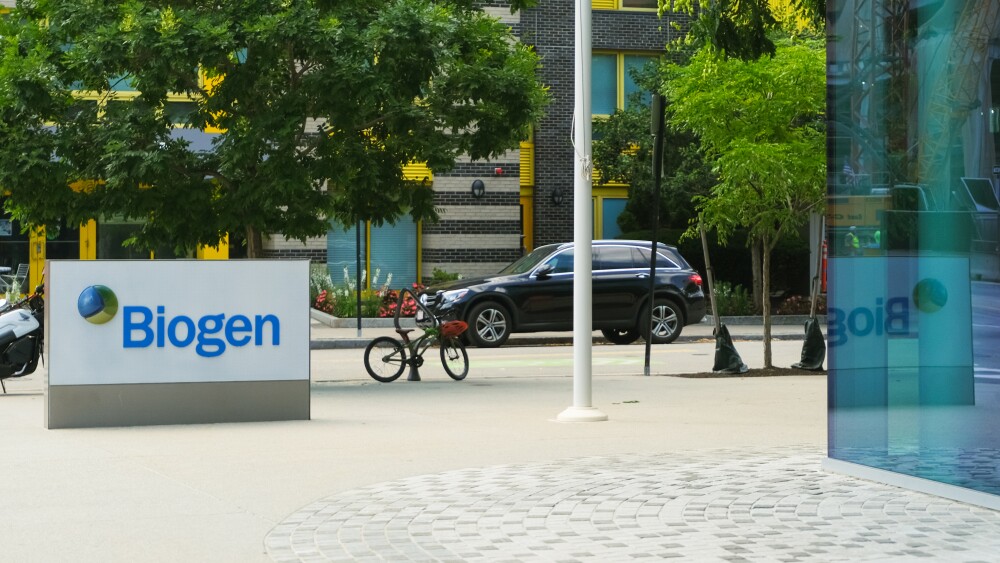Drug Development
Phase III data for dapirolizumab pegol presented at the 2025 conference of the American College of Rheumatology showed quality-of-life benefits in systemic lupus erythematosus that could see Biogen go head-to-head with GSK and AstraZeneca in a blockbuster space.
FEATURED STORIES
To drive true innovation in drug development, executives must not let excitement about the latest shiny object obscure ultimate outcomes.
Therapies from industry leaders BioMarin and Ascendis Pharma supply a key hormone that promotes bone growth. In order to move the field forward, challengers are looking to address the underlying cause of the rare, genetic disease.
As industry leaders gather at the annual event in Phoenix, the cell and gene therapy space remains in a state of flux, with M&A activity and regulatory support signaling momentum while commercialization challenges continue to hinder broader investor interest.
Subscribe to ClinicaSpace
Clinical trial results, research news, the latest in cancer and cell and gene therapy, in your inbox every Monday
THE LATEST
This represents Alector’s second failed neurodegenerative asset in a year, after an AbbVie-partnered asset missed in Alzheimer’s last November. On latozinemab for frontotemporal dementia, Alector was working with GSK, which fronted $700 million in 2021 to collaborate on two programs.
Novo Nordisk’s leadership gets another shake-up as President Trump promises to significantly slash prices for its GLP-1 drugs; Summit/Akeso, Exelixis and more present new data at ESMO 2025; Replimune pops as FDA accepts resubmitted BLA; FDA names first winners of Commissioner’s National Priority Voucher program; and more.
The company is dropping its social anxiety disorder program but will still test the molecule in post-traumatic stress disorder.
With data from the Phase III STELLAR-303 study in the books, Exelixis is plotting a 2025 regulatory application for zanzalintinib.
To tailor cancer therapies to individual patients, Moderna, BioNTech and other companies are rethinking how they optimize manufacturing schedules and resources.
Ivonescimab’s progression-free survival data in non-small cell lung cancer bode well for an upcoming overall survival readout, according to Truist analysts, who noted that “OS is likely to be statistically significant” in favor of the PD-1/VEGF bispecific.
Recent headlines proclaim a ‘potential’ or ‘functional’ cure for multiple myeloma, but the fight against the disease must continue.
During this webinar BioSpace sits down with former FDA Chief Information Officer Vid Desai to discuss the potential advantages and pitfalls of deregulation stemming from one of President Donald Trump’s first executive orders. Together, they uncover what this shift means for drugmakers, compliance and patient safety.
After beating Novo Nordisk’s semaglutide last month, Lilly’s much anticipated oral candidate orforglipron has taken down AstraZeneca’s Farxiga in a head-to-head trial.
Despite announcing a broad pivot to siRNA earlier this year, Sarepta is following through with an investigational gene therapy: its limb-girdle muscular dystrophy candidate. But the treatment’s path forward, analysts say, is highly uncertain.
















